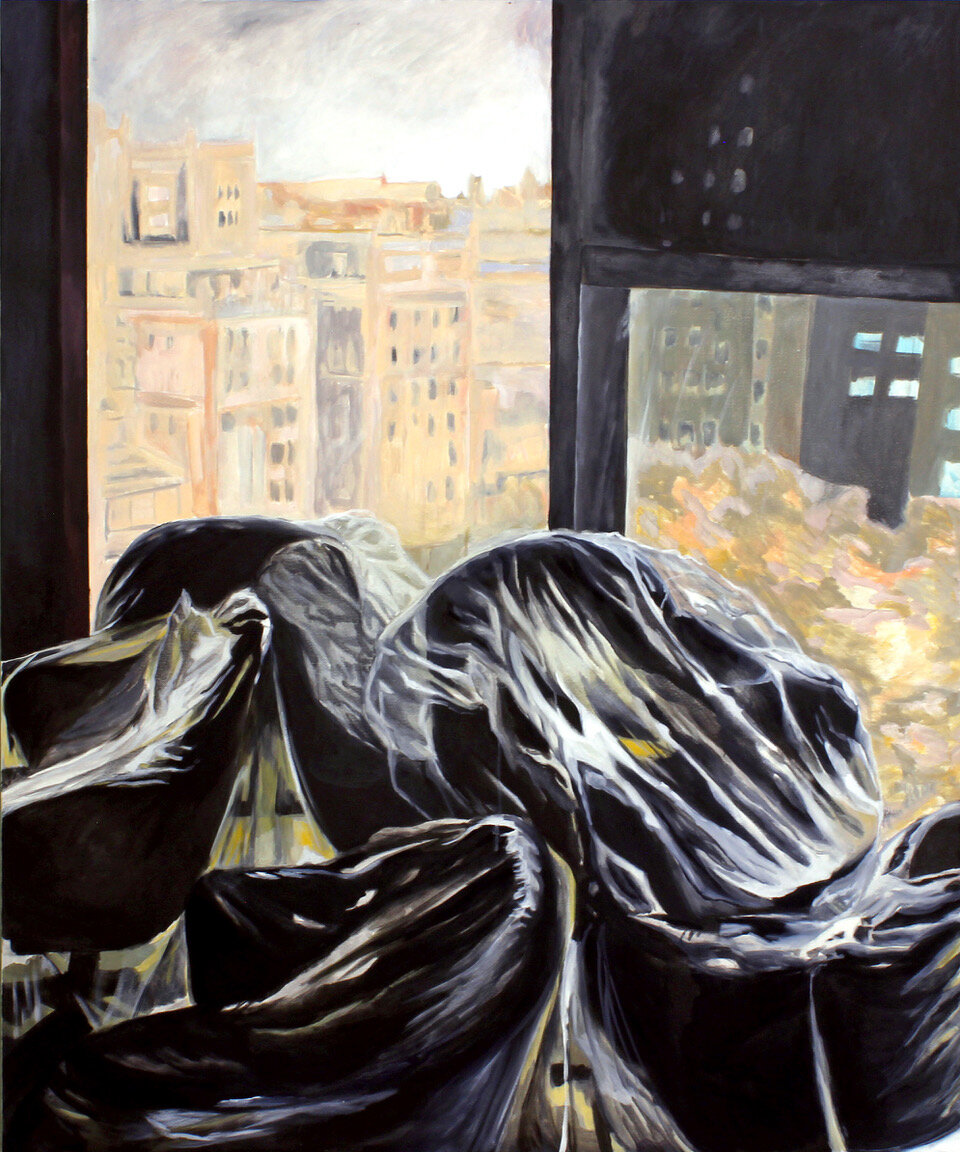The Future of MelancholiaCooperation: Museum of Contemporary Art Belgrade22.3.–8.6.2025
Exhibition
When we consider the shared experiences of such different countries as Serbia and Austria, which have been connected by a long history of both pleasures and sorrows, then we think again and again of such contradictory set of ideas as the preservation, restoration and prolongation of the status quo contrasted with a nonetheless existent faith in progress and a better future that also entails an element of the utopian. This leads to a diffuse mood of melancholy and nostalgia for tradition, also oriented toward a form of heroic dreaming, as if by way of a response to the experiences and images of socialism and fascism and their to some extent still tangible effects on the present day.
The exhibition The Future of Melancholia wishes to explore this melancholic impression and present a dialogue between equals from a generation of contemporary artists from both Serbia and Austria. This will be done in two consecutive exhibitions at HALLE FÜR KUNST Steiermark and the Museum of Contemporary Art Belgrade (Salon, Legacy House).
Cooperation: Museum of Contemporary Art Belgrade
The Future of Melancholia
8.3. – 4.5.2025
Opening: 7.3.2025, 6 pm and 8 pm
Museum of Contemporary Art Belgrade
Salon, Legacy House
Views

Lidija Delić, A View From an Office, 2020
Oil on canvas, 150 x 180 cm
Text
When we consider the shared experiences of such different countries as Serbia and Austria, which have been connected by a long history of both pleasures and sorrows, then we think again and again of such contradictory set of ideas as the preservation, restoration and prolongation of the status quo contrasted with a nonetheless existent faith in progress and a better future that also entails an element of the utopian. This leads to a diffuse mood of melancholy and nostalgia for tradition, also oriented toward a form of heroic dreaming, as if by way of a response to the experiences and images of socialism and fascism and their to some extent still tangible effects on the present day.
This view of what has become a confusing state of affairs under the sign of a lack of self-confidence and simultaneous self-affirmation against the other stands, however, not just for a regional specificity but rather reflects a global picture of our age. It shows not only the complexity and an erstwhile uncertainty when dealing with the diverse and ever more numerous demands of the present, but also a backlash that sees alleged salvation in a more traditional view of the world posited against a striving for progress and change — and it is not clear where this will lead.
This is a little reminiscent of a famous passage in Robert Musil’s epochal work The Man without Qualities (1930): “If there is a sense of reality, there must also be a sense of possibility.” Musil’s character Ulrich is unable to commit to anything in earnest and avoids all fixed definition concerning his own life, wishing to keep new options and constellations open. In this sense of possibility, which Musil also saw as a collateral campaign alongside the reality of the decline of the Austrian Habsburg monarchy and its “Kakania” at the transition from pre-modernism to modernism, there is a significant tendency toward a melancholy view of the world that oscillates between doubt, envy, resentment, self-hatred, and irony, and also devotion, suggestiveness, and zeal, in the genuine negativity of which there resides plenty of productive power.
Especially artists from Serbia and this sweeping region that is so curtly termed the Balkans, and to which some would also count Austria, are readily said to embody this inner scission between the good old days, the crises of the present with inflation, Corona, and war, and the new unknown that leads to a melancholy view of the world, a philosophical surety concerning their own hitherto preserved strengths in the search for their own personal approach, which can be charged with doubt and conflicts but yet still looks to the future.
The exhibition The Future of Melancholia wishes to explore this melancholic impression and present a dialogue between equals from a generation of contemporary artists from both Serbia and Austria. This will be done in two consecutive exhibitions at HALLE FÜR KUNST Steiermark and the Museum of Contemporary Art Belgrade (Salon of the Museum of Contemporary Art and Gallery-Legacy of Milica Zorić & Rodoljub Čolaković), showing a representative selection of Serbian artists in Graz and of Austrian artists in Belgrade. The option to include exemplary works of historical modernism is attractive, as it enables relating questions of modernity then and now and the two melancholic worldviews to each other.
Curators: Sandro Droschl, Miroslav Karić
Press
Downloads & Dates